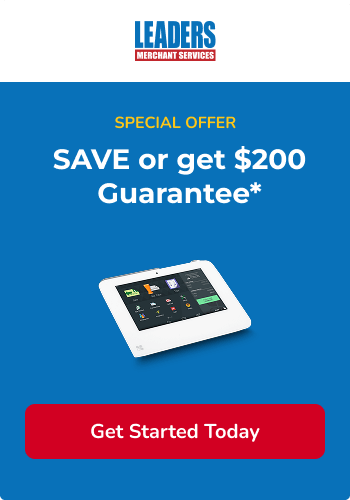TOP PICKS (SHORT REVIEWS)
Stax
A strong choice for steady B2B volume. The subscription model (monthly fee plus interchange at cost with a small per-transaction amount) often beats flat-rate at scale. Supports recurring invoices, Text-to-Pay for collections, ACH for larger bills, and Level 2/3 data via supported gateways. Surcharging tools (credit only) are available when appropriate.
Payment Depot
Transparent interchange-plus with clear statements, good fit for wholesalers that want predictable markups and simple reconciliation. Works with common gateways that can pass Level 2/3 fields and supports invoice links and virtual terminal.
Worldpay
Best for enterprises and multi-brand catalogs. Enterprise rails, portals, and APIs suit complex AR, buyer portals, and international expansion. Negotiate custom IC++ tiers, accelerated funding, and support SLAs.
Paysafe
ateway-centric option with tokenization, card-on-file, recurring billing, and fraud tools suitable for B2B. Level 2/3 support depends on setup—confirm required fields and your ERP/cart integration. Get markup and funding in writing
Clover
Good when you have counter sales or hybrid B2B+B2C. Simple invoicing and pay links, fast deposits, and a straightforward front-office experience. Pair with a gateway if you need advanced Level 2/3 or complex AR rules.
Leaders Merchant Services
Hands-on rollout with access to Clover and mainstream gateways. Helpful for configuring Level 2/3, card-on-file consent, invoice links, and ACH quickly. Ask for interchange-plus in writing and confirm term/ETF.
Merchant One
Fast approvals and practical help wiring up virtual terminal, payment links, and next-day options. A pragmatic path for smaller wholesalers starting B2B card acceptance.
Swipe4Free
f you choose dual pricing or compliant surcharging on B2B invoices, they can help with signage/templates and device programming. Remember: credit only, never debit, and disclose clearly on quotes and invoices.
HOW B2B PRICING REALLY WORKS
Your total cost is interchange plus small network assessments plus the processor’s markup. B2B cards (corporate, purchasing, virtual) can qualify for lower interchange if you pass Level 2/3 data. Level 2 typically includes tax amount and customer code; Level 3 adds line-item details (item, quantity, extended price, tax/freight). The right gateway and checkout or invoice form should collect and transmit these fields automatically. For steady volume, interchange-plus or a subscription model usually beats flat-rate over time.
LEVEL 2/3 AND AR WORKFLOWS
Use invoice links or a branded portal that can store cards on file (with consent), accept ACH for large orders, and post back to your ERP/CRM for easy cash application. Map PO number, customer code, tax, freight, and line items so invoices auto-reconcile and qualify for the best interchange your category allows.
ACH FOR LARGE ORDERS
Offer ACH for high-ticket invoices, repeat orders, and retainers. Validate accounts on first payment and publish refund timelines—ACH credits settle slower than card refunds. For urgent shipments, keep card on file as a backup.
SURCHARGING & DUAL PRICING IN B2B
Some B2B sellers use a credit-card surcharge or dual pricing to offset costs. If you go this route, apply credit only, never debit, disclose clearly on quotes and invoices, and follow brand/state caps. Many wholesalers prefer showing a “card price” line item upfront to avoid surprise at payment.
5-STEP ROLLOUT PLAN
-
Choose pricing (IC++ or subscription) and confirm markup, gateway, tokenization, and Level 2/3 capability in writing.
-
Configure invoices/portal, PO number and customer code fields, tax and freight capture, and card-on-file consent.
-
Enable ACH for large invoices; set refund timelines and account validation.
-
Turn on AVS/CVV and appropriate fraud filters; consider 3-D Secure only for risky profiles or regions.
-
Reconcile weekly: effective rate, approval rate, chargebacks, time-to-fund; re-quote if the effective rate drifts up.








